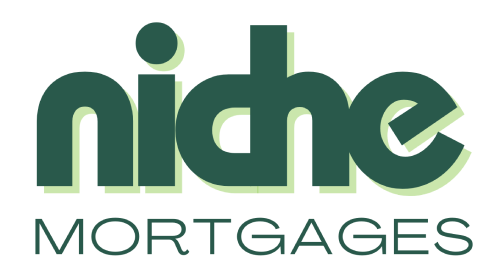Building a custom home is an exciting opportunity to create a space that perfectly suits your needs, lifestyle, and vision. However, financing a custom build differs from purchasing an existing home. Instead of a traditional mortgage, most buyers use a construction loan—a short-term loan designed to fund the building process. Understanding how construction loans work can help you navigate the process smoothly and turn your dream home into reality.
What is a Construction Loan?
A construction loan is a short-term loan that provides financing for building a custom home from the ground up. Unlike a traditional mortgage, which funds the purchase of an existing property, construction loans disburse funds in stages as the construction progresses.
These loans typically have higher interest rates than conventional mortgages because they carry more risk for lenders. Once the home is complete, the borrower usually transitions into a traditional mortgage to pay off the construction loan.
How Construction Loans Work: Step by Step
1. Getting Approved for a Construction Loan
To secure a construction loan, lenders require detailed documentation, including:
- A comprehensive building plan (blueprints, project timeline, and estimated costs).
- A contract with a licensed builder who will oversee the project.
- Your credit score, income verification, and financial history to assess loan eligibility.
- An appraisal based on the projected completed value of the home.
Since construction loans involve more risk for lenders, approval can be more stringent than for traditional mortgages.
2. Loan Disbursement: The Draw Schedule
Unlike a standard mortgage that provides funds in a lump sum, construction loans are disbursed in phases known as “draws.” Funds are released at key construction milestones, including:
- Draw 1: Purchase of land and preparation (foundation work).
- Draw 2: Framing and structural work.
- Draw 3: Plumbing, electrical, and HVAC installation.
- Draw 4: Interior work (drywall, flooring, cabinetry).
- Draw 5: Final finishing and home inspection.
At each stage, the lender inspects the progress before releasing the next portion of funds. This ensures the project stays on track and within budget.
3. Interest-Only Payments During Construction
During the construction phase, most loans require interest-only payments on the amount drawn rather than the full loan amount. This keeps costs manageable while the home is being built. Once the construction is complete, the loan must be paid off or converted into a traditional mortgage.
4. Transitioning to a Traditional Mortgage
Once construction is finished, homeowners typically refinance the construction loan into a long-term mortgage. There are two common ways to do this:
- Construction-to-Permanent Loan – This option automatically converts your construction loan into a standard mortgage after completion, simplifying the financing process.
- Stand-Alone Construction Loan – Requires applying for a new mortgage after construction is finished, which could mean additional paperwork and closing costs.
Choosing the right option depends on your financial situation and whether you plan to secure a different lender for your permanent mortgage.
Pros and Cons of Construction Loans for Custom Homes
- Flexibility to Build Your Dream Home – Unlike buying a pre-built home, a custom home allows you to personalize every detail.
- Interest-Only Payments During Construction – Lower monthly costs while building.
- Structured Funding – The draw schedule ensures money is used as intended, reducing financial risk.
- Higher Interest Rates – Since construction loans are riskier for lenders, rates are typically higher than standard mortgages.
- Strict Loan Requirements – Lenders require a strong credit score, financial stability, and detailed construction plans.
- Potential Budget Overruns – Unexpected costs or delays can create financial strain if not planned for properly.
Is a Construction Loan Right for You?
A construction loan is ideal for those who:
- Have a clear vision and budget for their custom home.
- Are working with a reputable builder and detailed construction plan.
- Have financial stability to meet lender requirements.
- Plan to live in the home long-term, making the upfront effort worthwhile.
If you’re looking for a fully personalized home and have the resources to manage the build, a construction loan can be the key to making your vision a reality.
Construction loans provide short-term financing to build a custom home, releasing funds in stages as construction progresses. Borrowers make interest-only payments during the build and typically convert the loan into a traditional mortgage upon completion. While construction loans offer flexibility, they require detailed planning, strong credit, and financial stability to secure approval. Contact Niche Mortgages to help your financial decision.
About the Author

Jonathan Yien
Jonathan Yien is a seasoned mortgage broker at DLC Clear Trust Mortgages with a rich background in financial advising from his time at TD Canada Trust. He is dedicated to helping clients achieve their financial and homeownership goals.

